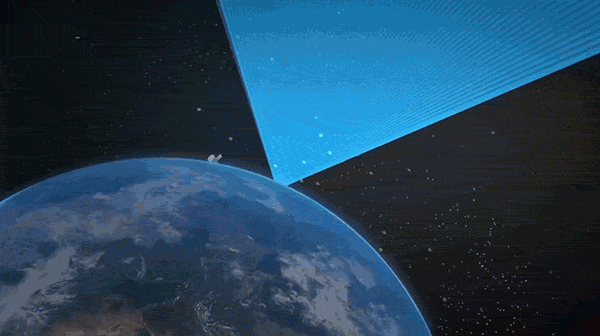In the early days of the space era, most countries felt safe launching rockets and operating satellites under the "big sky" concept. According to the theory, space was so vast that one more satellite had little or no chance of colliding with another. In the 1970s, NASA scientist Donald Kessler, envisioned a scenario – aptly named Kessler Syndrome – where cascading orbital collisions would create increasing debris fields, eventually destroying our assets in space.
As the years have advanced, so has the quantity of space debris, though our ability to reliably track and record it has not. Traveling at speeds upwards of 15,000 mph, that debris threatens not only commercial satellites, which we depend on for everything from weather forecasting, banking global communications and GPS navigation, but also military assets that help monitor and protect nations around the world.
Enter Space Fence and iSpace. These Lockheed Martin-developed systems provide the ability to detect far more debris than previous technologies could, and with greater accuracy. Here are eight things you should know about how we track debris in space.
1. The first system used to track space debris was called SPACETRACK. It used a network of space-probing cameras and radar to predict satellite behavior.
2. iSpace is a more modern version of SPACETRACK. It’s used to protect critical assets in space, prevent collisions, understand objects’ behavior over time, and help our satellites avoid any kind of threats in space, including natural or nefarious threats.

3. As space becomes more congested, iSpace has the capability to maintain a catalog of more than 300,000 space objects by processing observations from more than 800 sensors from around the world.
4. iSpace alerts the operator if an object is behaving in a manner outside of its norm. This means that if a satellite suddenly changes its rotation or pattern, iSpace immediately notifies operators of the behavior change. Operators can then further the investigation on their own.

5. Space Fence is another tool used to track objects in space. Space Fence detects, tracks, measures and catalogs more than 200,000 objects. This tech provides timely, precise orbital data to help protect civilian and military satellites.
6. Space Fence is a ground-based radar that broadcasts constant bands of energy 24 hours a day, 7 days a week. It’s called a “fence” because the radar maintains a wide, narrow sensing path, which emanates from the sensor.





